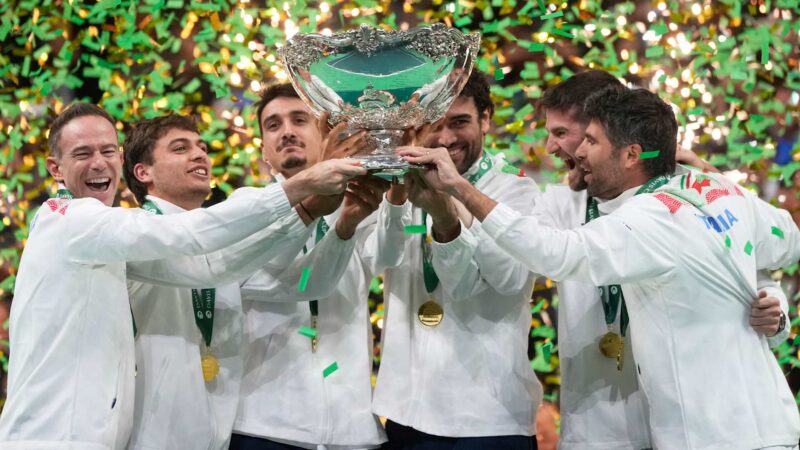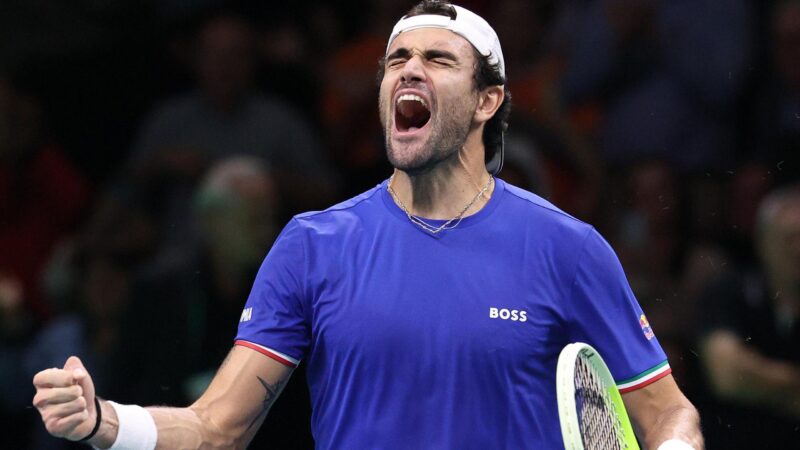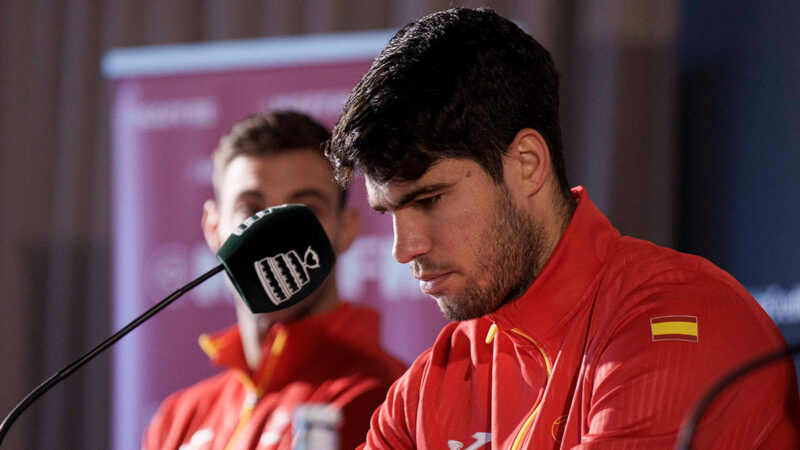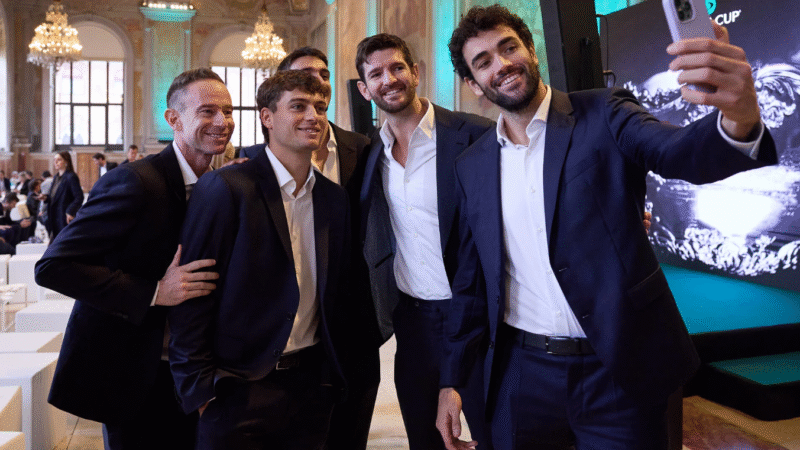Alcaraz and Sinner set for a Saudi showdown as Six Kings Slam reaches its climax
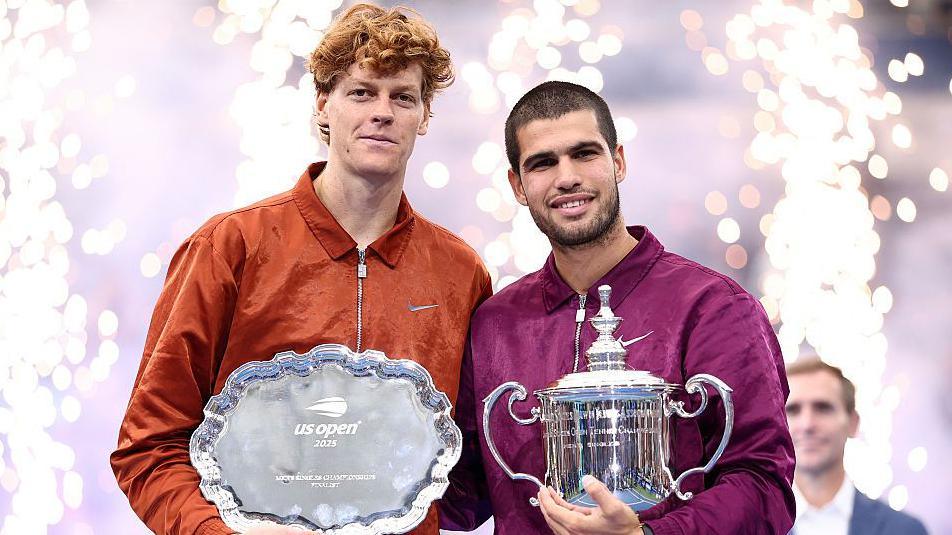
There’s something oddly inevitable about Carlos Alcaraz and Jannik Sinner meeting again.
As if men’s tennis, no matter where it travels, keeps circling back to its two brightest stars. On Thursday night in Riyadh, that gravitational pull drew them together once more, this time in the final of the Six Kings Slam, an exhibition event that has stirred debate almost as much as it has drawn attention.
The semi-finals went to script. Alcaraz eased past Taylor Fritz 6–4, 6–2, and Sinner dispatched an ailing Novak Djokovic by the same scoreline. In the span of a few untroubled sets, the tournament’s dream final — the world No. 1 versus No. 2, youth versus youth — was secured.
Alcaraz’s match was a display of familiar exuberance. Heavy topspin, quickfire aggression, and that almost mischievous sense of control he carries even in exhibition settings.
A single break at 3–2 in the opening set was enough to tilt the balance. Once he claimed the first set, the Spaniard shifted gears, reeling off five straight games to seal the match with the kind of flourish that’s become routine for him.
Sinner’s victory, later that night, carried a different tone. It was almost businesslike.
The Italian, who’s now beaten Djokovic seven times in a row, took early control with a crisp break in the third game and never let go. His serving rhythm was unshakeable, his groundstrokes metronomic, and his composure ice-cold.
When Djokovic was broken again to start the second set, there was an air of resignation about the 38-year-old’s body language.
As much as the tennis glimmered, the Six Kings Slam hasn’t been short of controversy. The event, which isn’t sanctioned by the ATP, has drawn criticism from purists who see it as another step toward tennis’s Saudi-fuelled commercial future. But Alcaraz, at least, isn’t running from the debate.
Speaking earlier in the week, he defended the tournament’s intent and the players’ right to a breather from the relentless ATP grind. “We’re just having fun for one or two days and playing some tennis,” he said. “It’s not demanding mentally compared to a two-week event. People sometimes don’t understand that we need a little space to enjoy the game again.”
It’s a fair point, and one that resonates in a sport where the calendar stretches across eleven months, often leaving players hobbling from one continent to the next. Just last month, Alcaraz skipped Shanghai after an ankle flare-up despite battling through to win Tokyo.
He’s also been among the more vocal critics of tennis’s scheduling overload, echoing the Professional Tennis Players’ Association’s ongoing lawsuit against the sport’s governing bodies for what it called “unsustainable” conditions.
Still, the optics of the event are hard to ignore. With appearance fees reportedly around $1.5 million and a $6 million winner’s purse, it’s an exhibition dripping in financial allure.
Even those knocked out early, like Alexander Zverev, who earned an estimated $431 for every second of his straight-sets loss to Fritz, have little to complain about.
In contrast, the US Open champion takes home roughly £3.8 million, a reminder that the money in exhibitions is reshaping incentives in subtle but powerful ways.
But when Alcaraz and Sinner meet on Saturday, the conversation will shift — at least for a few hours — from economics to artistry. Their rivalry, still in its infancy, already feels like a defining thread of modern tennis.
From their Roland Garros duel to their Wimbledon classic and US Open encounters, each chapter has added nuance to a narrative that keeps evolving. It’s been Alcaraz’s improvisational genius against Sinner’s precision-engineered power.
As I watched both men glide through their semi-finals, I couldn’t help but feel that the sport’s future and perhaps its very identity rests in the hands of these two. Saudi Arabia may have bought the stage, but the performance belongs to the next generation.

